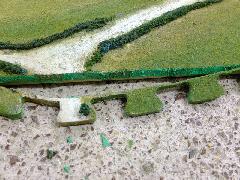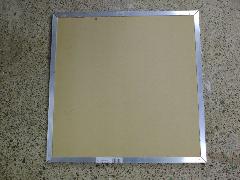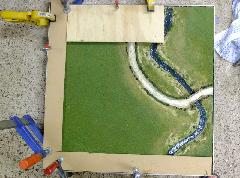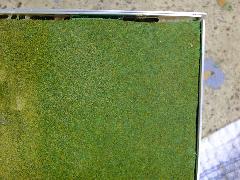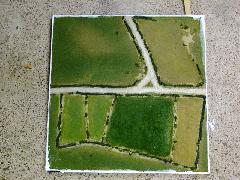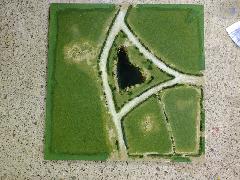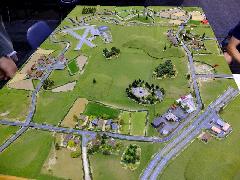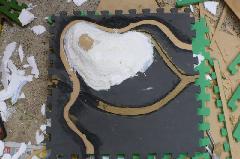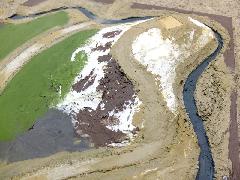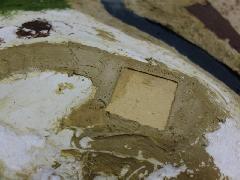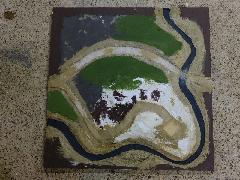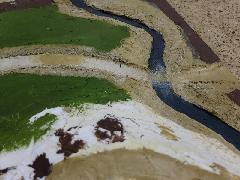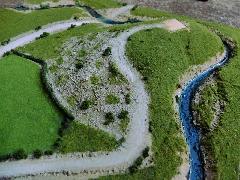New edging materials
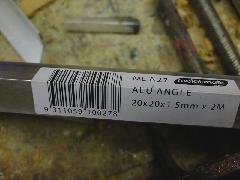

After searching around the local hardware stores for some suitable materials I found some aluminum angle strips which were perfect for the boards. The edging was 1.5mm thick x 20mm on high on the sides. I looked at different options for the edging such as thick tape (duct tape), wooden strips, pplastic edging and so forth. The aluminum edging was perfect becuase the height was only about 1-2mm taller than the edge of the boards. One downside of the edging was the cost and it worked out at about $15NZ per board.

